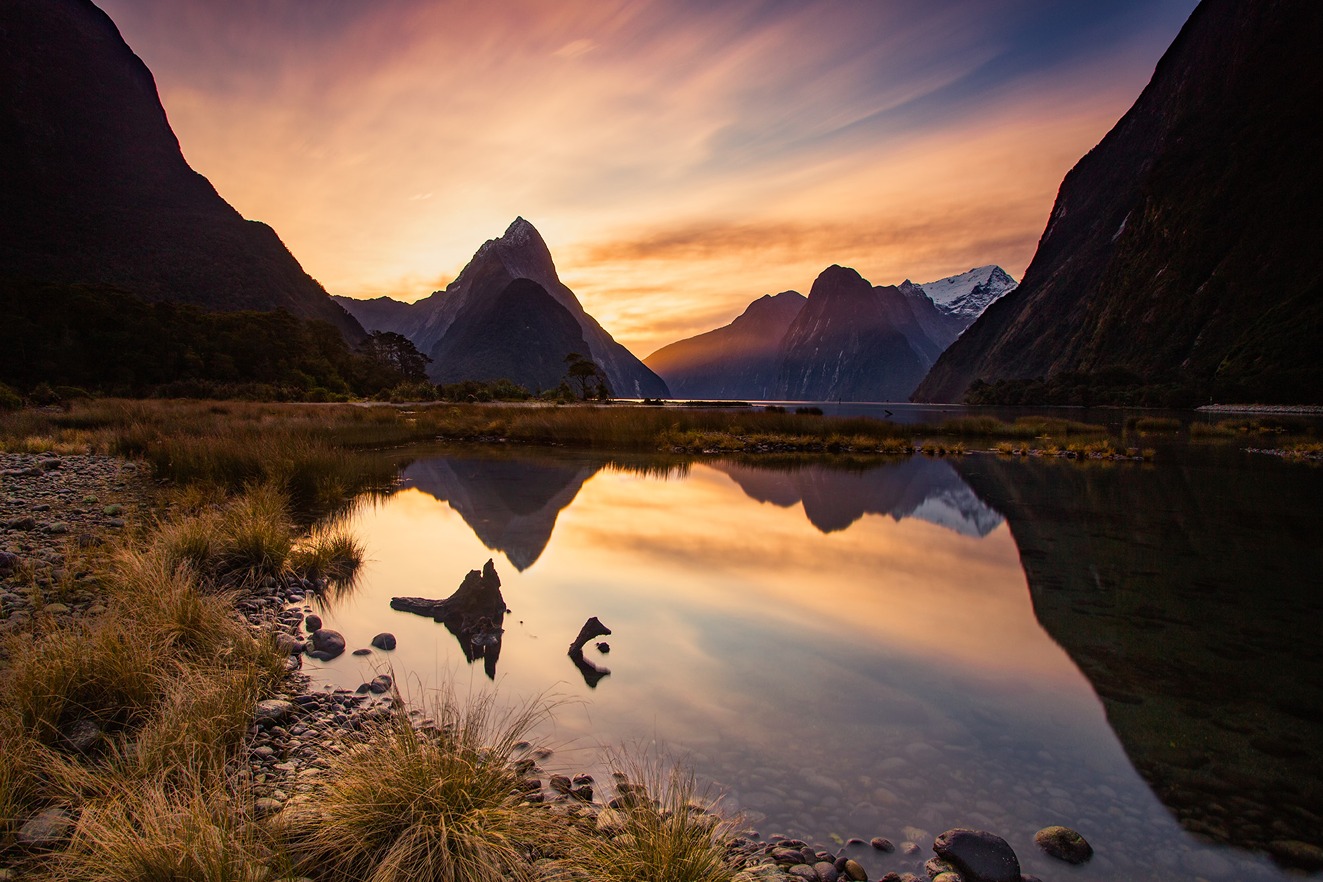
Fiordland National Park in the southwest corner of New Zealand is arguably the most striking of the country’s 13 national parks. It’s a major part of Te Wāhipounamu — a UNESCO World Heritage site with the best modern example of the flora and fauna of ancient Gondwanaland.
By far the most popular place to visit in Fiordland is spectacular Milford Sound. But is it the most amazing natural experience in the region?
In this blog, we compare a motorhome adventure to Milford Sound with an expedition (partly by motorhome) to Doubtful Sound. We compare the weather, the journeys, what to see and do on the way, and the fiord experiences on the water.
We also chat with Wilderness Motorhomes’ Lead Content Creator, Craig McClelland — who’s travelled to more than 50 countries and visited both Milford and Doubtful Sounds multiple times.
|
Contents |
The weather outlook for Fiordland
As with making many important travel decisions, they often start with the weather.
It probably comes as no surprise that Fiordland usually gets the most annual rainfall out of any region in New Zealand. As a result, it would be easy to assume that the entire area receives an abundance of rain.
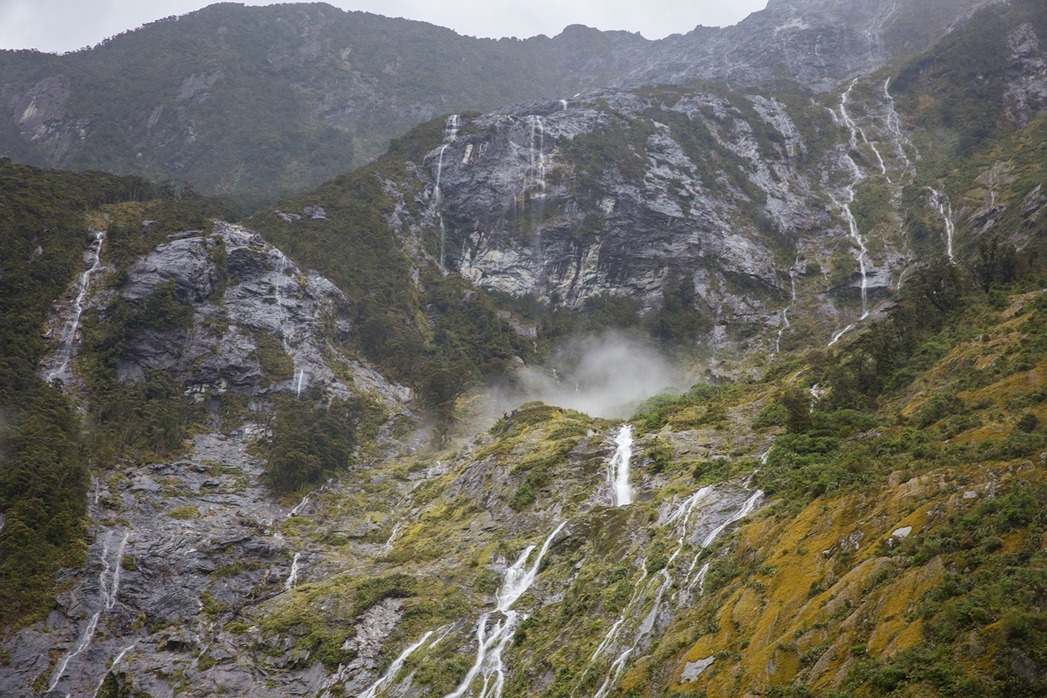
Image by Liz Carlson
However, the climate varies fairly dramatically between Milford and Doubtful. As far as rainfall goes:
- Milford Sound gets up to seven metres (22 feet) of rainfall per annum
- Doubtful Sound receives about a third to half the amount of rainfall as Milford.
|
Don’t let the rain determine which sound you choose. Both Milford and Doubtful are absolutely spectacular in the rain — and just after heavy rain.
Milford serves up walls of waterfalls while Doubtful demonstrates the sheer power of water falling.
Craig McClelland — Wilderness' Lead Content Creator |
Travelling to the sounds
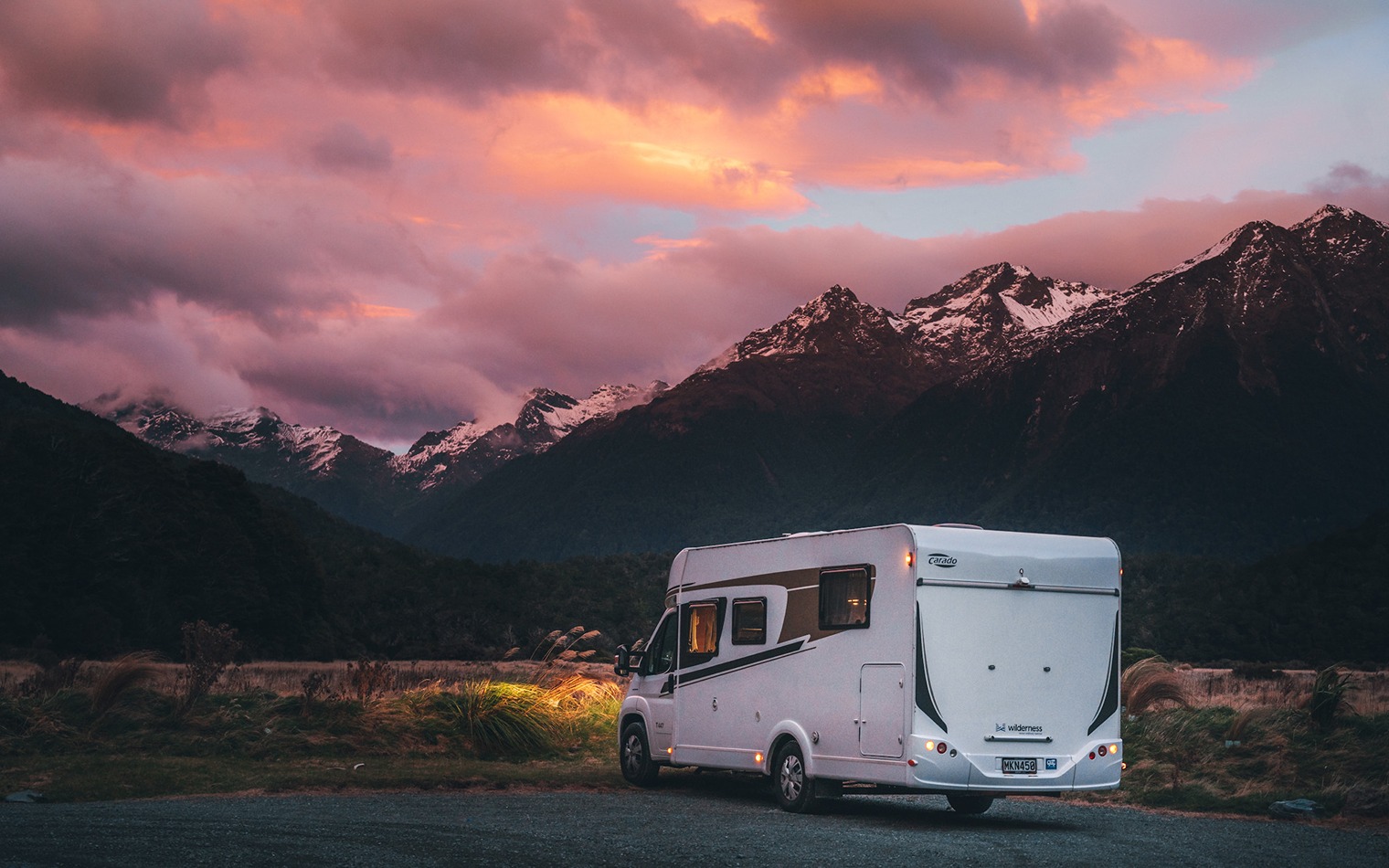
Let’s assume you’ve chosen to base your camp in the most ideal location to visit both famous fiords — Te Anau.
From this idyllic tourist town, you’ll be able to drive your motorhome hire right to the edge of Milford Sound. Conversely, you won’t be able to drive your RV right up to Doubtful Sound.
To get to Milford, you’ll have to navigate 118km of State Highway 94 driving north — one of the world’s most incredible road journeys.
Milford is very accessible, if a little steep driving your motorhome towards and away from the Homer Tunnel. Paid car parking is available near the cruise ship terminal, while there’s also free parking not far from Milford Sound Marina.
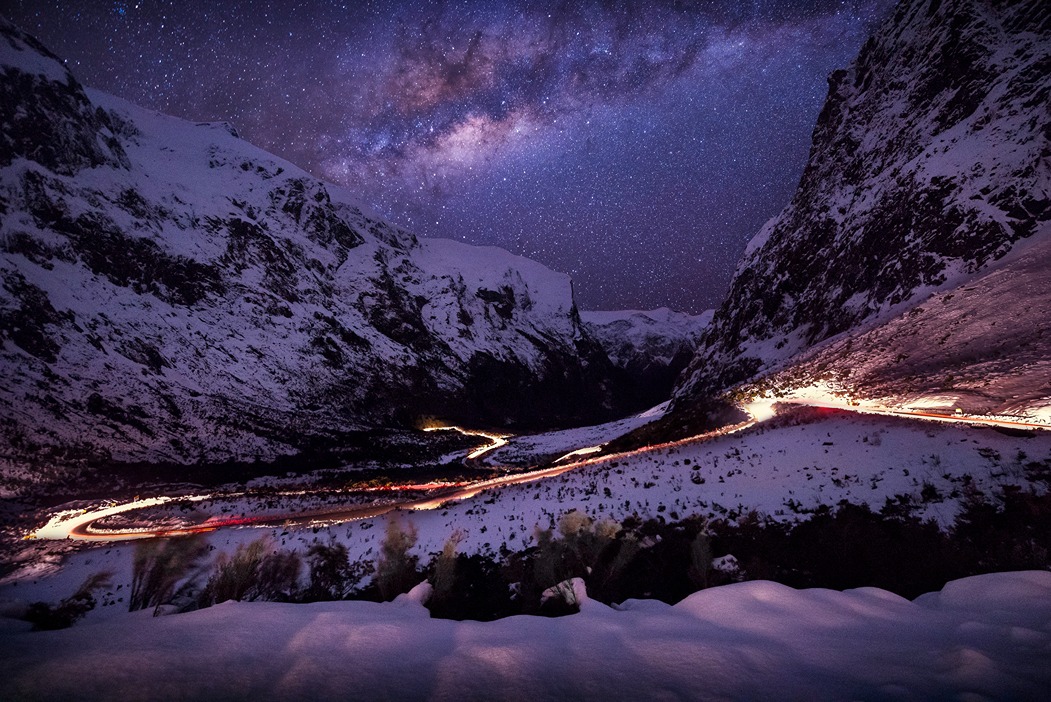
The road to Doubtful Sound stops at Lake Manapōuri only 22km away where there’s free parking for your RV near the visitor centre. From this point, you’ll need to take a boat trip across the lake from Murrell's Landing to the West Arm Visitor Centre.
From the visitor centre, a coach will take you over rugged Wilmot Pass. The road winds through dense rainforests, past roaring waterfalls and over misty mountain ridges. Atop the pass, you’ll be greeted by incredible views of Doubtful Sound.
You could argue it’s more remote and less accessible than Milford — and the relative isolation will add to your sense of adventure.
Take a look at RealNZ for Doubtful Sound day cruises which begin in Manapōuri.
|
The sound of silence
The Māori name for Doubtful Sound is Patea meaning the place of silence. Doubtful is deemed to be more relaxing than Milford due to its relative remoteness and the feeling of tranquillity you get when in its presence.
The sound’s deep waters are also usually calm — with minimal disturbances on the surface. |
What you can see and do on the way
The road to Milford
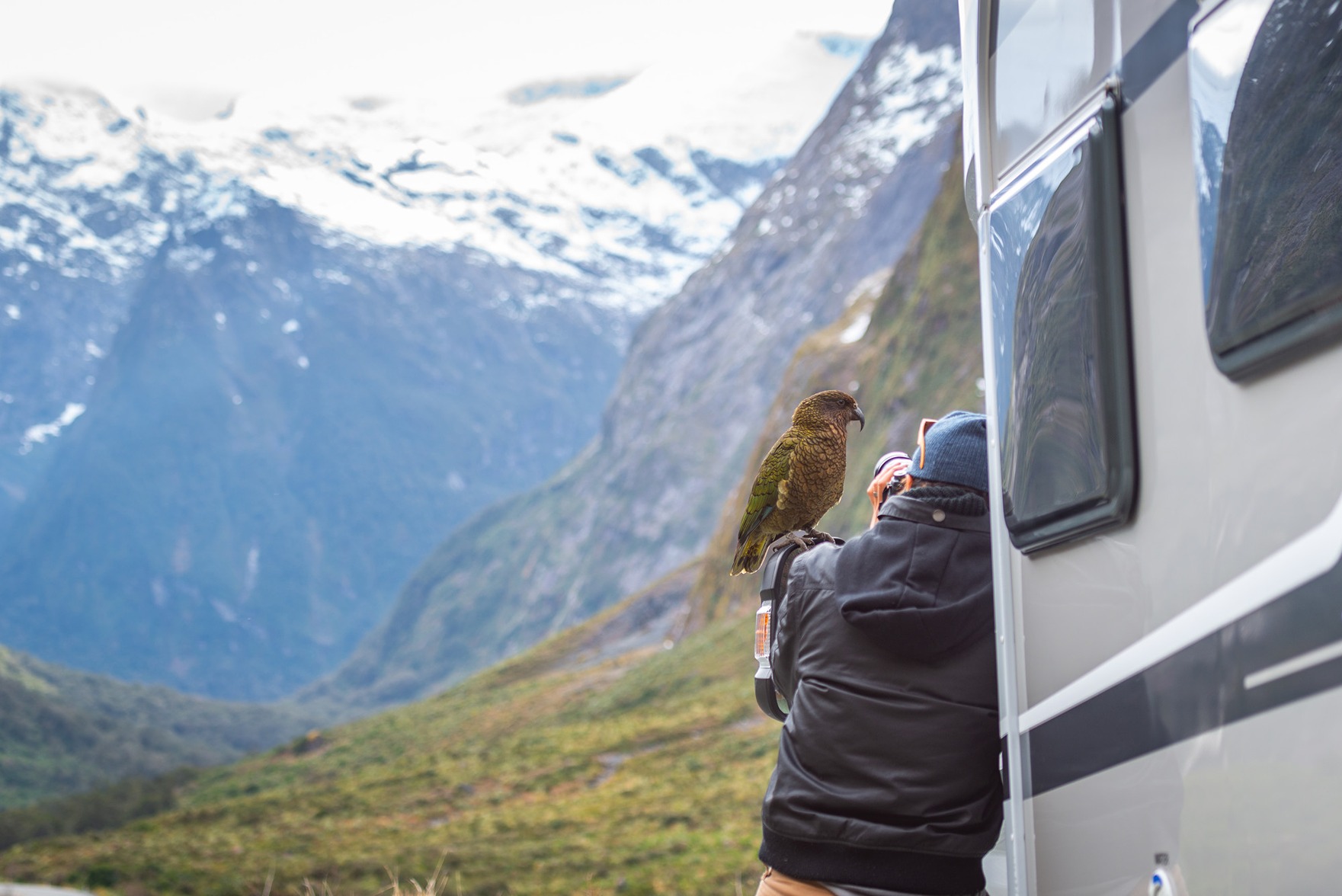
The drive to Milford Sound is long, at times windy, and full of worthwhile points to pull over and rest or walk. Colloquially termed the Milford Road, it’s one you’ll want to get up early for — to have the whole day available for sightseeing. Expect to find:
- Several short roadside hikes
- Native kea up close
- Plenty of lakes — some while driving your campervan hire and others from walking trails
- The Homer Tunnel — one of the country’s most significant pieces of engineering
- Walls of waterfalls — if you arrive during or just after heavy rain.
Get more information about what you can see and do on the way to Milford Sound.
|
Doubt about the sound
Doubtful Sound was originally called Doubtful Harbour by Captain Cook in 1770. He and his crew were unsure if they could navigate their vessel, The Endeavour, into the inlet under sail or not. |
The road to Doubtful
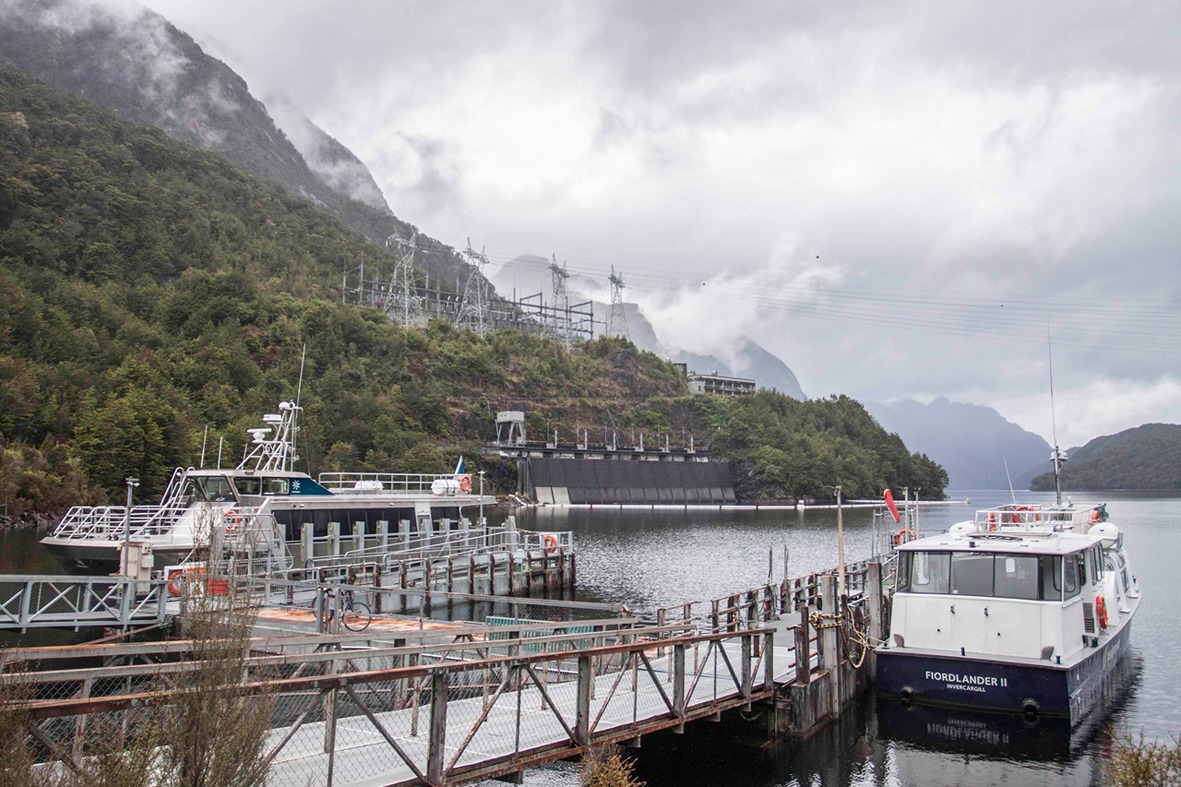
Image by Great South
The drive to Manapōuri, boat ride across the lake and then bus over Wilmot Pass to Doubtful Sound is quite a different experience. On the way, you’ll see:
- Tranquil Lake Manapōuri and its many islands — up close from the deck of your cruise boat
- Cathedral Peaks — to the north of the lake
- The Manapōuri Hydro Power Station — the largest of its kind in New Zealand
- Views from Wilmot Pass — along with dense rainforest and native birdlife.
|
If the Manapōuri Hydro Power Station is still open to visitors touring across to Doubtful, you’re in for a treat.
The entrance tunnel drops deep underground through some of the country’s oldest rock. The power station itself is constructed into the rock — an incredible feat of engineering that took more than a decade to build, yet cost many lives.
Craig McClelland |
Experiencing the sounds
Both Milford and Doubtful Sounds feature breathtaking scenery, towering mountains, thundering waterfalls, rich native forest and a plethora of wildlife. But each fiord feels quite different when experiencing it on the road and on the water.
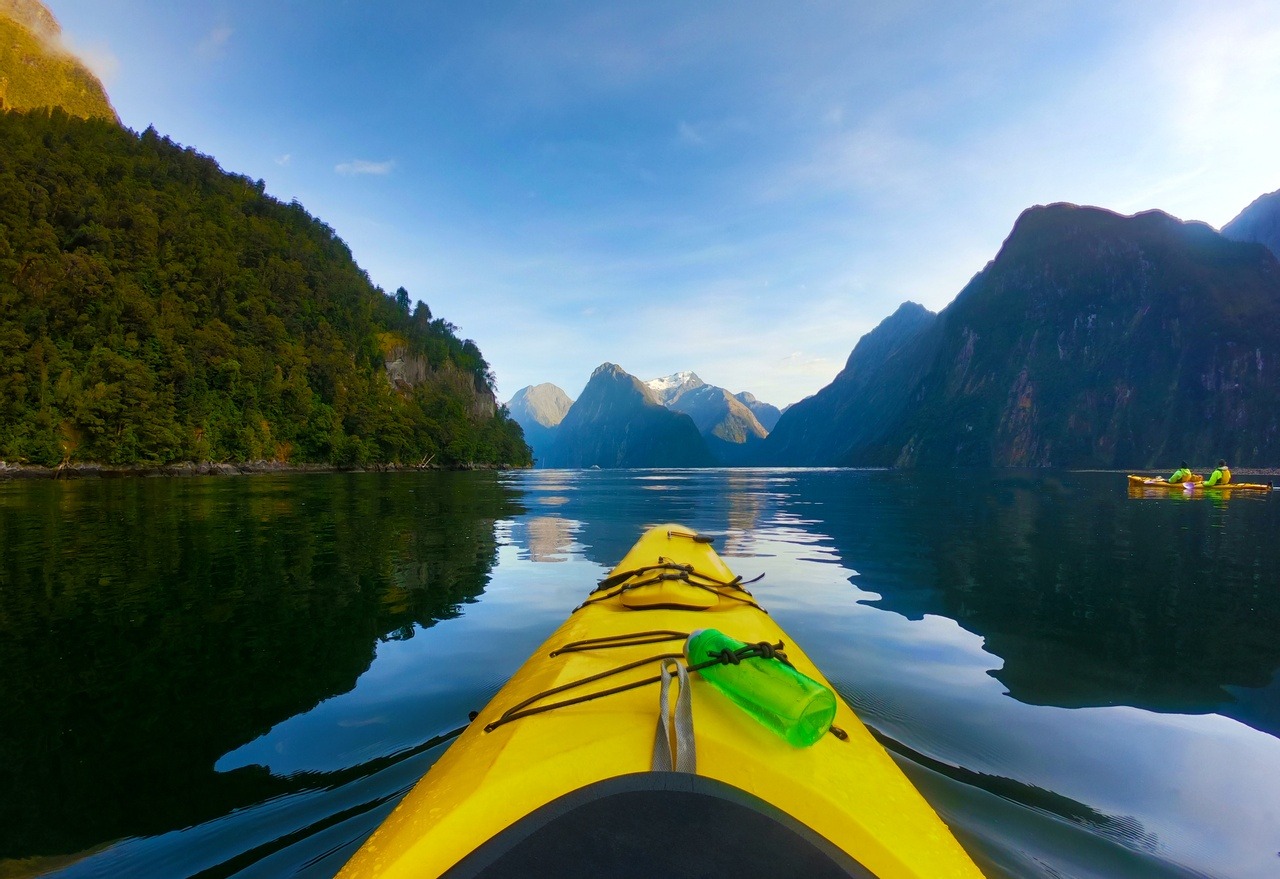
Image by Great South
Milford Sound feels narrower, perhaps partly due to the steep mountainside cliffs that dramatically rise — whereas Doubtful naturally feels wider and more spacious. It’s a fact that Doubtful is:
- Two and a half times longer than Milford at 40km in length
- The deepest of all Fiordland’s 14 sounds.
Cruising Milford
When you set out from the terminal on a cruise boat into Milford Sound, there’s a sense of anticipation — iconic Mitre Peak suggests you’re about to have a once-in-a-lifetime experience.
You’ll be one of many people visiting for the day as it’s a hugely popular tourist destination. Boats, kayaks and divers can all be out on the water. But that doesn’t necessarily mean it feels crowded — only that you’ll notice the presence of other boats in the sound.
.jpg?width=1475&height=987&name=A%20cruise%20ship%20at%20Milford%20Sound%20(TNZ).jpg)
Image by Tourism New Zealand
Milford offers the opportunity to:
- See a variety of wildlife — including New Zealand fur seals, bottlenose dolphins, Fiordland crested penguins and native birdlife like kea, tūī and korimako
- Explore the fiord — by day cruise, kayak, scenic flight or underwater observatory
- Stay overnight — motorhome rentals can check into Milford Sound Lodge.
Find out more about Milford Sound.
Cruising Doubtful
Doubtful Sound stands out as the more secluded, peaceful and authentic experience, demonstrated by relatively fewer boats near the terminal at Deep Cove.
The sense of untouched space here is immense. There’s a wider perspective on the fiord but no less drama when it comes to sheer cliff drops and waterfalls.
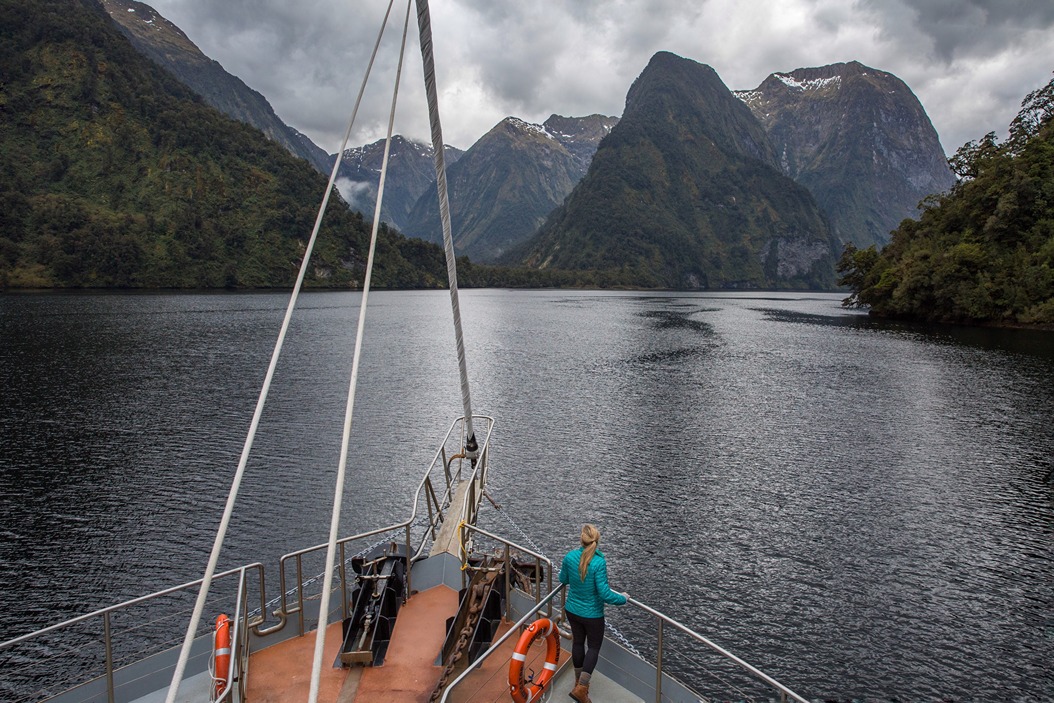
Image by Liz Carlson
Doubtful gives you the chance to:
- Encounter wildlife — similar to those species at Milford but with greater opportunities to see sealife and rarer birdlife due to less human activity
- Journey through the sound — on a day cruise, kayak or scenic flight.
Learn more about Doubtful Sound.
|
If you’re really not sure which sound to visit and have limited time but desperately want to see both, look into scenic chopper flights that fly between Te Anau, Milford and Doubtful.
Craig McClelland |
To visit Milford or Doubtful — or both
Both Doubtful and Milford Sounds offer mesmerising experiences that will live long in your memory banks — but you’ll likely only have time to visit one of these special fiords.
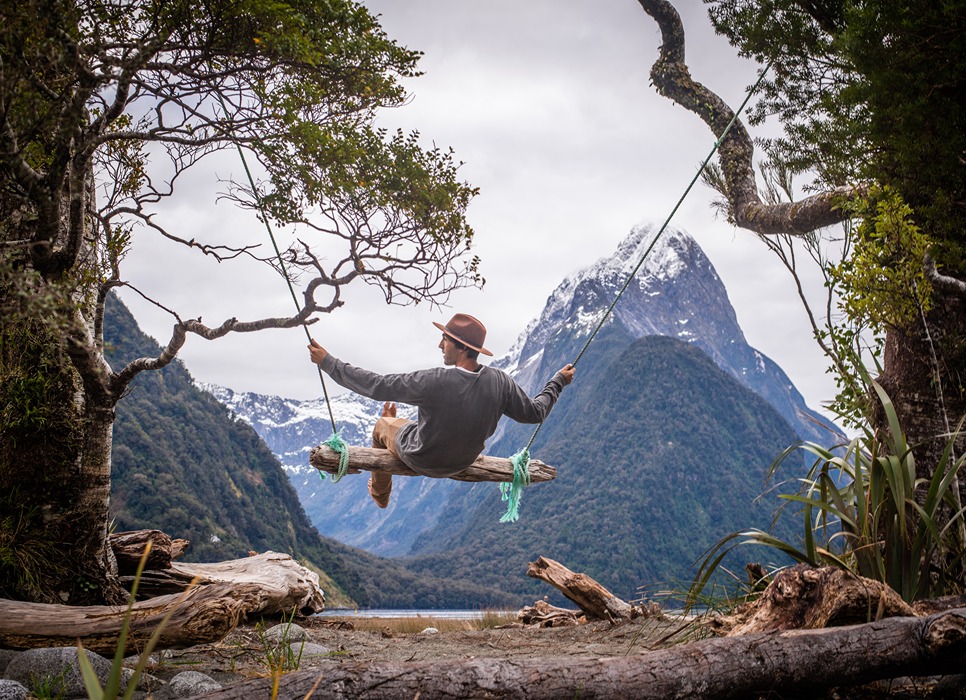
If you intend to book a relatively long campervan rental holiday touring the South Island for more than two weeks, choose Milford Sound and spend the night there. You might even consider staying a night at one of the campsites along the Milford Road to have more time exploring the many nearby walks and sights.
If you’re planning a shorter motorhome road trip, book a journey to Doubtful Sound as this will involve less driving and will take less than a day.




